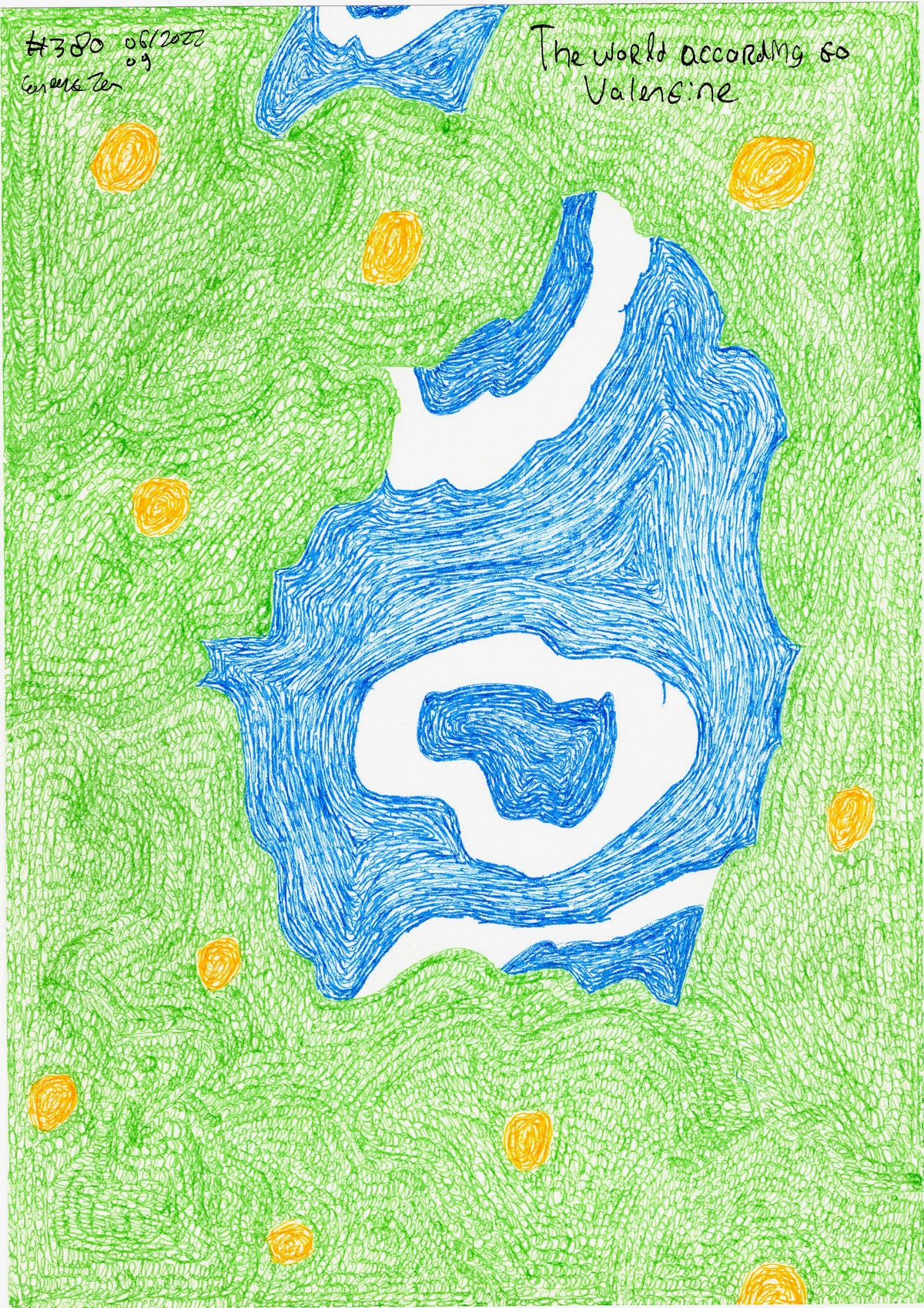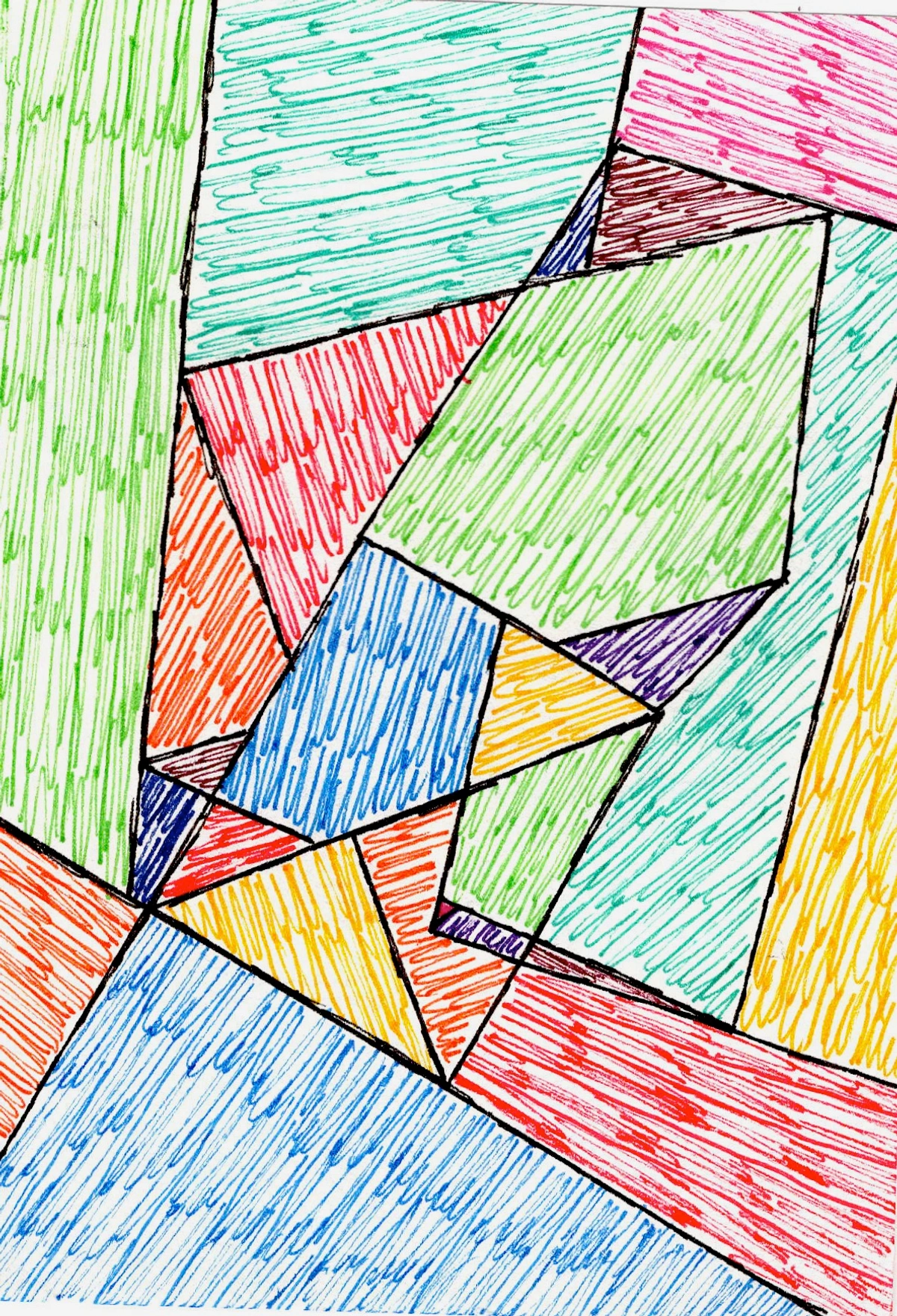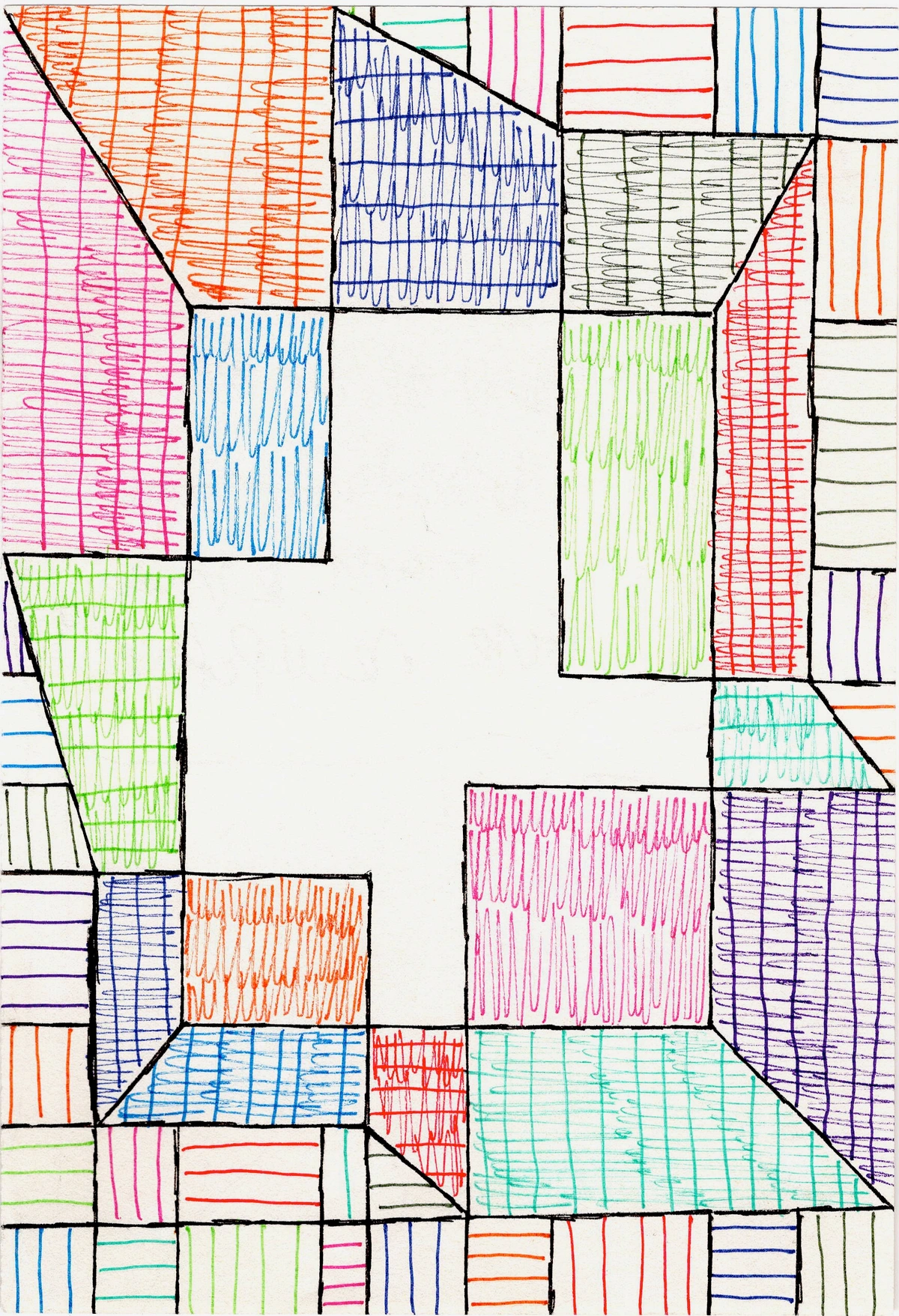
Art Education & Critical Thinking: A Curator's View
Discover how art education profoundly develops critical thinking, from observation to problem-solving, and its vital role in fostering adaptable, creative minds.
The Canvas of Cognition: How Art Education Sharpens Critical Thinking
As a curator, I've spent countless hours observing people interact with art, both as creators and as viewers. It's often assumed that art is purely about aesthetics or emotional expression, a wonderful but perhaps "soft" skill. But I've come to see something far more profound: art education is a robust training ground for critical thinking, an indispensable skill in any facet of life. It’s not just about learning to draw or paint; it’s about learning to see, to question, and to innovate.
What Exactly is Critical Thinking in an Artistic Context?
When we talk about critical thinking, we're discussing the ability to analyze information objectively and make reasoned judgments. In art, this isn't some abstract concept. It's incredibly tangible. Imagine standing before a complex abstract painting – my own work, perhaps, or a masterpiece by Piet Mondrian. You don't just look; you engage. You begin to ask: "What am I seeing? How does it make me feel? Why did the artist choose these colors or shapes?" This immediate questioning is the bedrock of critical thought.
It's a far cry from passively consuming information. It demands active participation, a kind of intellectual detective work where you piece together clues presented by the artwork itself.
Observation: Learning to See Beyond the Obvious
One of the first and most fundamental ways art education fosters critical thinking is by refining our powers of observation. Think about it: when you're tasked with drawing a still life, you can't just sketch a generic apple. You have to notice the subtle curve, the way the light hits it, the shadows it casts, even its texture. This intense focus translates directly into other areas of life.

I recall a student once telling me how, after a semester of intense observational drawing, they started noticing intricate details in architecture they'd walked past daily for years. That’s not just artistic growth; that’s a heightened awareness of the world, a core component of critical inquiry. This keen observation is also crucial when learning what is design in art, as it involves understanding how elements are intentionally placed.
Analysis and Interpretation: Deconstructing the Visual Language
Once we observe, the next step is analysis. Art isn't just a pretty picture; it's a visual language, often brimming with symbolism and intent. Learning to analyze an artwork involves breaking it down into its constituent parts: color, line, form, texture, composition. Then, we interpret: what does this combination mean?
Consider, for example, the vibrant yet often emotionally charged palettes in Expressionism, or the fragmented perspectives of Cubism. Understanding these movements requires analyzing why artists broke from tradition and what they sought to communicate. It's an exercise in inductive and deductive reasoning. We look at the evidence (the artwork) and draw conclusions about its purpose, its context, and its impact. This process is deeply analytical, akin to dissecting an argument or solving a complex scientific problem. Learning about the psychology of color in abstract art is another prime example of this analytical process.
Problem-Solving and Creativity: Finding Solutions on the Canvas
Every artistic endeavor, from a simple sketch to a monumental sculpture, is a series of problems to be solved. How do I convey depth on a two-dimensional surface? How do I mix this exact shade of blue? How do I balance these disparate elements to create a harmonious composition? These aren't just technical challenges; they are invitations to innovate.

When I'm creating my own abstract pieces, for instance, I often start with a concept but the execution involves countless small decisions, each one a mini-problem requiring a creative solution. "If I use this texture here, how will it affect the overall flow?" This iterative process of identifying problems, brainstorming solutions, trying them out, and evaluating their effectiveness is quintessential critical thinking. It's not just about problem-solving, but also about the ability to think flexibly and adapt, which is explored further in articles like how to abstract art.
Decision-Making and Judgment: Cultivating Discerning Taste
Art education requires constant decision-making and the cultivation of judgment. When is a piece finished? Is this line too thick? Does this color clash or create an interesting tension? These aren't subjective whims; they're informed choices based on learned principles of composition, color theory (like those discussed in how artists use color), and the artist's own evolving aesthetic.
This process trains us to evaluate options, weigh consequences, and make considered choices—skills that are invaluable far beyond the studio. It teaches us to trust our instincts but also to justify them with reasoned arguments. It's about developing a personal metric for quality and effectiveness, rather than just relying on external validation.
Empathy and Perspective-Taking: Seeing Through Another's Eyes
Perhaps one of the most powerful, yet often overlooked, aspects of art education is its capacity to foster empathy and perspective-taking. When you study the history of art, you're not just memorizing dates; you're stepping into the shoes of people from different cultures, eras, and viewpoints.

Why did artists create certain works during the Renaissance, or during the rise of Pop Art? What societal pressures or personal experiences shaped their vision? Understanding the motivations behind a work, especially from a context vastly different from our own, helps us develop a more nuanced understanding of the human condition. It trains us to consider multiple interpretations, to challenge our own biases, and to appreciate the complexity of human experience—a critical skill for constructive dialogue and understanding in any field. This deeper understanding is often tied to understanding the symbolism of colors in different cultures.
Beyond the Canvas: Real-World Applications
The critical thinking skills honed through art education aren't confined to the art studio or gallery. They spill over into every aspect of life:
- Problem-solving: Approaching workplace challenges with creative, non-linear solutions.
- Communication: Expressing complex ideas clearly, visually, and verbally.
- Innovation: Thinking outside the box in business, science, or technology.
- Media Literacy: Critically analyzing images and visual rhetoric in advertising, news, and social media.
- Emotional Intelligence: Understanding and interpreting non-verbal cues.
In essence, art education helps us navigate a visually saturated and increasingly complex world with greater discernment and creativity. It provides a unique lens through which to engage with information, challenge assumptions, and generate new ideas.
Why Art Education Matters for Everyone
Whether you aspire to be an artist, an engineer, a doctor, or an entrepreneur, the cognitive muscles strengthened by art education are invaluable. It teaches us to ask better questions, to explore multiple solutions, and to articulate our ideas with clarity and impact. It builds resilience in the face of ambiguity and fosters an openness to new perspectives.
If you're curious to explore the world of abstract art further, perhaps as a way to engage your own critical faculties, I invite you to explore my own abstract art prints and paintings available for purchase. Or, if you're in the Netherlands, consider visiting my museum in 's-Hertogenbosch to see how these principles come to life in my work. My journey, detailed on my artist timeline, is a testament to the continuous learning that art provides.
Frequently Asked Questions
Question | Answer |
|---|---|
| Is art education only for 'artistic' people? | Absolutely not! While it certainly nurtures artistic talent, its primary benefit for many is developing universal skills like critical thinking, creativity, and problem-solving, which are valuable in all fields. |
| How does art education differ from other subjects in fostering critical thinking? | While many subjects promote critical thinking, art uniquely engages visual, spatial, and emotional intelligence. It often involves open-ended problems without single "right" answers, demanding creative solutions and subjective interpretation, unlike the more structured reasoning in math or science. |
| Can adults benefit from art education in the same way as children? | Yes, unequivocally! Adults can significantly enhance their critical thinking, observational skills, and creativity through art education. It can also be a powerful tool for stress reduction and self-discovery. Many find a fresh perspective when they delve into subjects like the history of abstract art or abstract art movements. |
| What if I'm not good at drawing or painting? | The goal isn't necessarily to become a master artist, but to engage in the process. The act of thinking through an artistic problem, even if the outcome isn't "perfect" by conventional standards, is where the critical thinking development happens. It’s about the journey, not just the destination. |
Conclusion
The role of art education in fostering critical thinking is not just significant; it's foundational. It offers a unique and powerful pathway to developing minds that are observant, analytical, creative, and empathetic. In a world that increasingly values adaptability and innovative thought, nurturing these abilities through the rich and engaging medium of art is more crucial than ever.




